As Tony and I reached the front door to exit the hostel on the next morning, Juan said, “Where are you going first?” Tony opened his mouth to explain, but Juan’s expression told us that was the wrong answer. We looked at each other confused, until he came out from behind the desk and ushered us down the hall and into another room where low-volume music was playing and a lavish breakfast was spread upon the table. Components of this breakfast also lay around the room. On the table, a giant teacup shaped bowl was filled with honeydew, cantaloupe, strawberries, kiwi and grapes. There were five different kinds of cake surrounding the fruit bowl. On a bar near the table was a selection of orange and vegetable juices, yogurts, granola, oranges and apples. Across the room on another countertop was a selection of boiled eggs, cereals, coffee, tea in flavors from chamomile to peach vanilla, breads and jams. On a sideboard next to that was a selection of meats arranged on a platter with different types of cheeses. “We only put that out for the Americans,” Juan said, explaining that the Portuguese find meat in the mornings offensive. He elaborated on what was a quite accurate account of the “American” breakfast: eggs, bacon, ham. He stated that for the Portuguese, a simple cup of coffee with milk and sugar and a slice of cake was the standard fare. Juan once worked on a cruise ship, and the breakfasts he was forced to fix for the guests used to upset his stomach. After a month or two, he grew used to it, but still maintains the Portuguese preference of a light breakfast for himself. He explained how espresso is only drunk early in the day, otherwise, he would never be able to sleep.
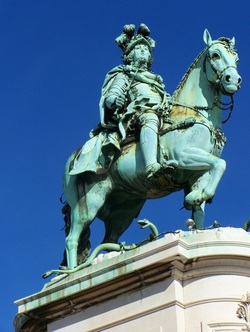
There are some foreign words that sound like American words, but mean something totally different. You should never use these words until you know what they are. One of those words is “preservatif.” While Americans might consider a “preservatif” something that makes sure your food doesn’t spoil (such as a refrigerator or MSG), to the Portuguese (and to the French and Spanish) a “preservatif” is a condom. So, when Juan started talking, surprisingly, about political issues at the forefront of Portugal’s concerns at the moment, I was able to follow his train of thought when he said that young people in Lisbon should not fail to use “preservatifs” to prevent abortions. Apparently, like America, there is a concern politically about the use of abortion. I was delighted to find that Juan and I shared similar views on the subject, but I remembered thinking how odd it was to have that type of conversation at breakfast. After about an hour and a half of intriguing discussion (everything from politics, to employment, to living at home), Juan stated that he could keep us there talking forever and we had things in Lisbon to see. So, he ushered us out of the door and onto the Rua do Crucifixo.
This time, per Paula’s instructions from the day before, we took the 28 tram to the Belem Tower, one of the most popular sites in Lisbon. The Belem Tower, (pronounced Beh-lehn), is a fortified tower that served as the gateway to the city of Lisbon and as a defense against enemies. Built in the 16th century, the tower is made of limestone and is four stories high. Walking up the circular stairways inside made me feel like I would never reach the top. It seemed like much more than just four stories! And each story exited onto a balcony overlooking the Tagus River.
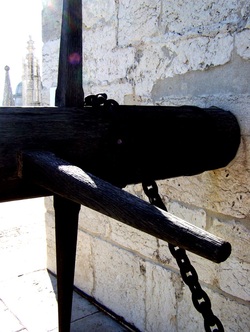
The tower is cut off from the shoreline by a drawbridge operated by a pulley system. My love of the “Lord of the Rings” trilogy made me imagine a cave troll turning the heavy, spiked wheel, drawing up the bridge in the face of invaders. I couldn’t help myself. Once you cross the bridge into the tower and pay the entry fee, you will enter into the Baterie Baixa, or Lower Battery. From here, all the windows are guarded by cannon that are aimed over the water. There is a pit in the floor where the artillery would be kept. This room is large, with a checkered floor and little in the way of decoration. Below the Baterie, a dungeon held as many as a hundred prisoners at a time. The windows to this chamber were holes in the ceiling, now covered with grates and glass. There is a reason for the glass. If you look up, you will clearly see water is being kept out by the thick covering. When you obtain purchase on the upper levels, you can clearly see that the dungeon is situated under a moat-like pool which is filled with water when the tide rolls in. How cold and wet it must have been for the prisoners in this tiny dungeon, being packed like sardines in such a small space, the floor filling with water each time the tide rolled in. Of course, I can’t assume that this was always the case. Certain geographical catastrophes (such as the 1755 Lisbon earthquake) or more subtle changes in the land could have changed the conditions in which these prisoners lived. It might not have been the tide that came in through the windows. Perhaps the prisoners only got wet when it rained, because regardless of the geographical arrangement of the land, rain will always fall.
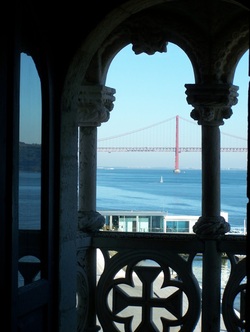
The trip to the first balcony nearly killed me. What is it with the Portuguese and stairs?? The winding staircase curved up and up and just kept going. It was only wide enough for one person at a time, so determining whether someone was coming down at the same time you were going up without being able to see past the curve in the wall of the stairwell was an interesting endeavor. Fortunately, the sound of footsteps echoed off the limestone well enough to hear someone approaching. Telling whether they were nearing the second story or were still on the fourth story was impossible, however– like a mountain in the desert that seems close until you start walking toward it. With only half a bottle of water. And no sunscreen. (And, no, that has never happened to me. Ha.) Once on the main patio, the view of the river and the surrounding landscape is incredible! The shadows and light play mysteriously off one another, making each crevice enticing. The projecting turrets on the corners of each of the levels contained arrow slits or murderholes and were small enough for only one person, especially if that person was carrying a weapon. Projectiles could be thrown or fired through the slits at any enemy force, while offering protection to the defenders of the castle. The view from each of these windows is lovely. Most prominent is the view of the Ponte 25 de Abril, a bridge that closely resembles San Francisco’s Golden Gate. The top balcony exhibits a plethora of towers in the Manueline style. Each tower is intricately designed, and most are different from one another.
But now, on to the important stuff. The Belem Cake is a Portuguese institution. It’s pretty easy to tell where these cakes are. But the storefront may be deceptive. For one thing, the pastelaria where the cakes can be purchased resembles a sidewalk kabob restaurant. Where the 28 tram drops you, it’s a very short walk to the pastelaria, though. The line stretching from the shop tells you that the world-famous Belem Cakes can be purchased here. The cake is a traditional Portuguese dessert called Pastel de Nata. You can find it in any pastelaria. But those bakeries cannot call their cakes “Belem Cakes” and Juan insists that you can easily tell the difference between the real thing and the reproductions. It’s like how no one else’s turkey and dressing can be mom’s turkey and dressing. So, after visiting the tower and having a Caipirinha (Brazil’s national cocktail) at the cafe near the tower, Tony and I located the pastelaria and purchased authentic Belem Cakes. They were well worth the calories! The Belem Cake is like a pudding or a custard (but not quite) in a pie crust (but not quite) covered with cinnamon.
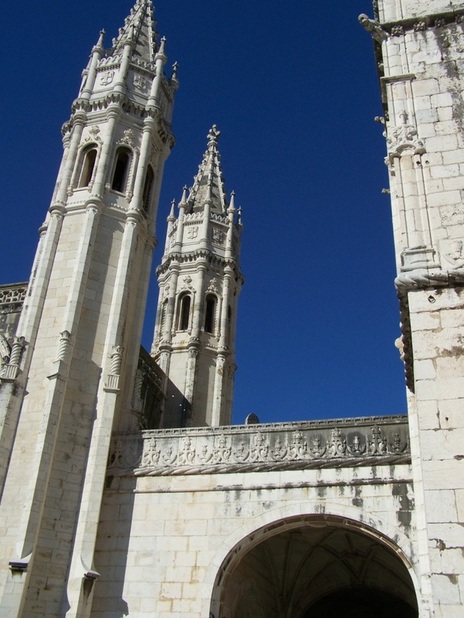
Just down the street from the pastelaria spans the Cathedral of St. Jeronimos. It’s spires are similar to those of the Belem Tower, but the cathedral dwarfs the tower in size. Everytime I saw the word “Jeronimos”, I thought of the story of Geronimo, the American Indian. I don’t recall the way that story went, but in my mind, I always seem to see Geronimo jumping from a plane (even though planes hadn’t been invented then). I always used to see the state of Utah as an orange, squarish object just like on my grade school maps, until I actually saw the state, which isn’t nearly as orange as Nevada. Technically, however, “Jeronimos” refers to St. Jerome, the saint almost always portrayed with a lion.
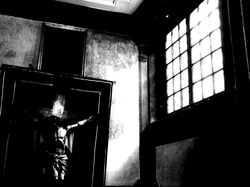
Unfortunately, we didn't know how awesome Lisbon was when we booked our trip. That resulted in a stay of only two days, which isn't nearly enough time to spend in this beautiful city. When we told her we were headed to Madrid the next morning, Paula told us that we wouldn't like the Spanish. "They think they're special!" she said. The next morning at 5:30 a.m., we hauled our things out of the Hotel and into the back of a waiting cab. The cabbie drove through the deserted Lisbon streets at a breakneck pace. we bounced up and down as the car shuddered over the cobblestones. My last memory of leaving Lisbon was thinking that I was going to die.
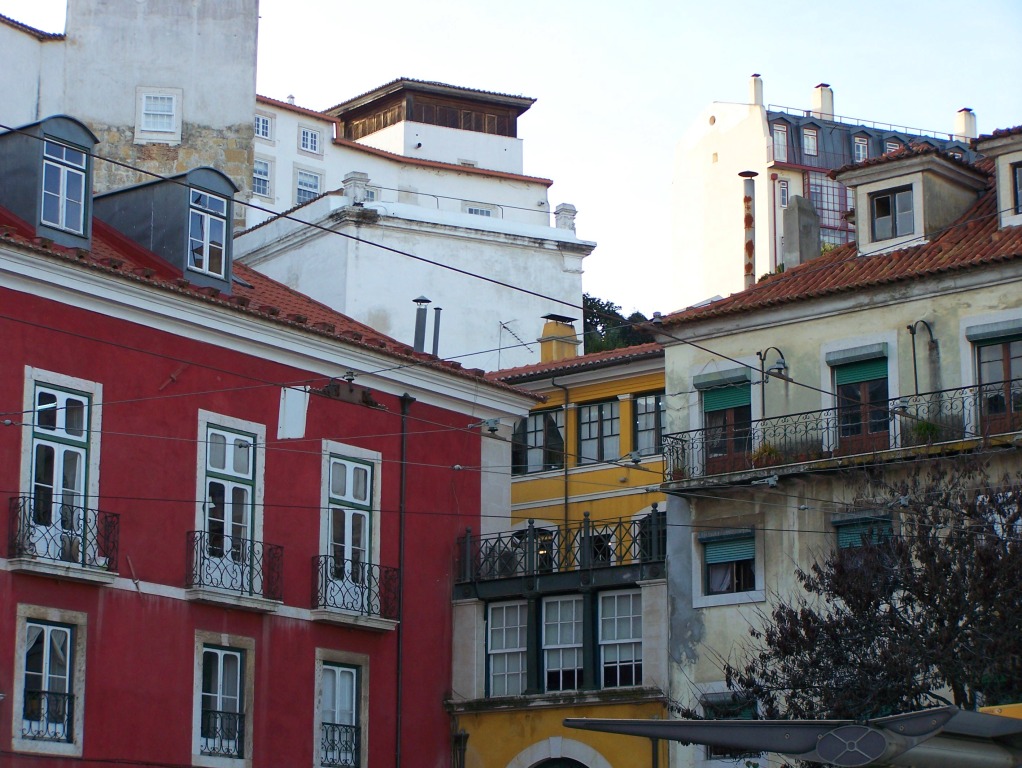
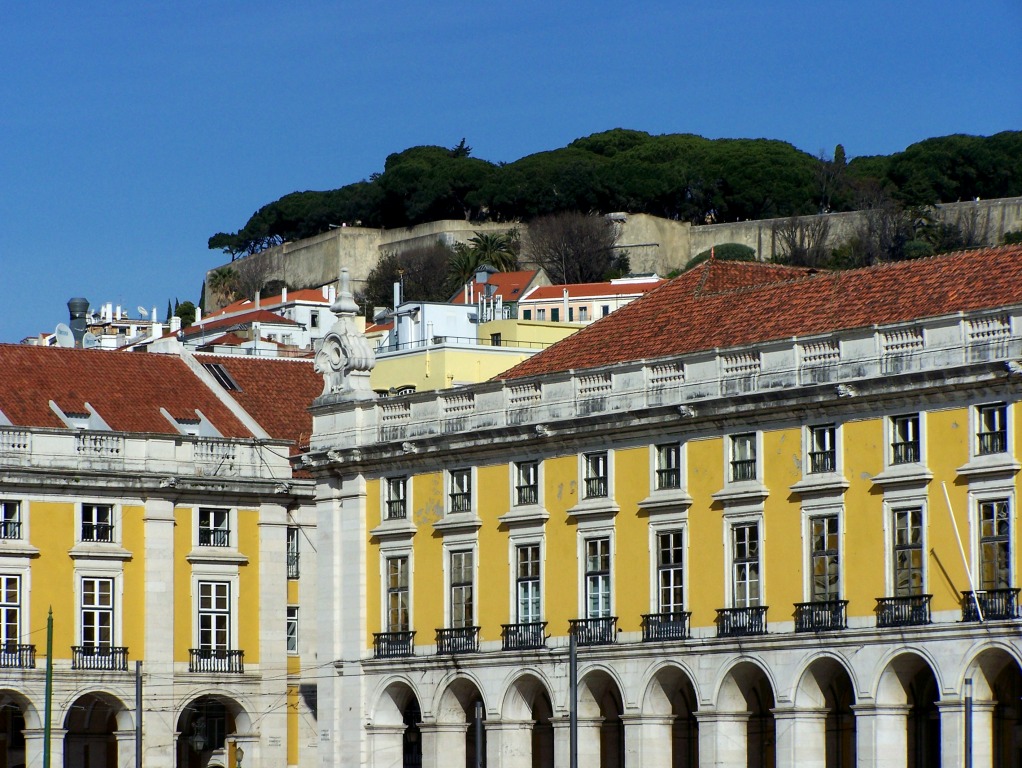
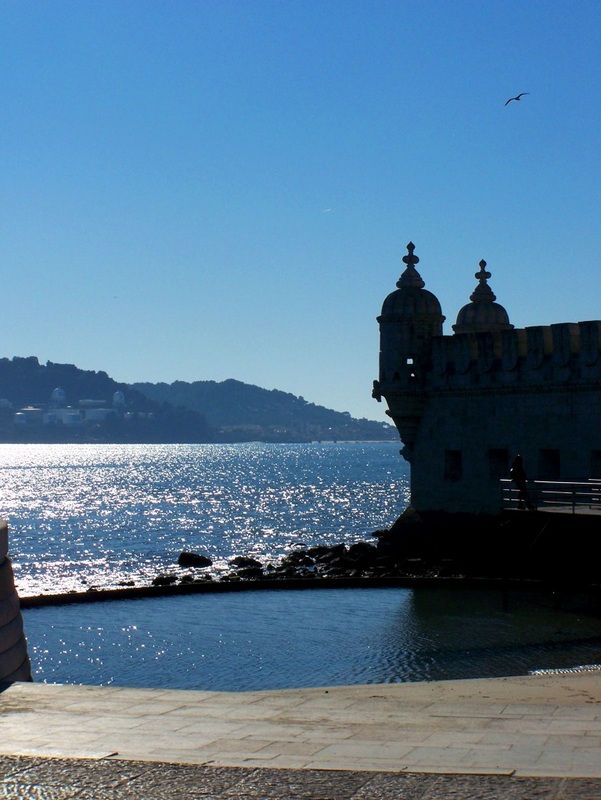
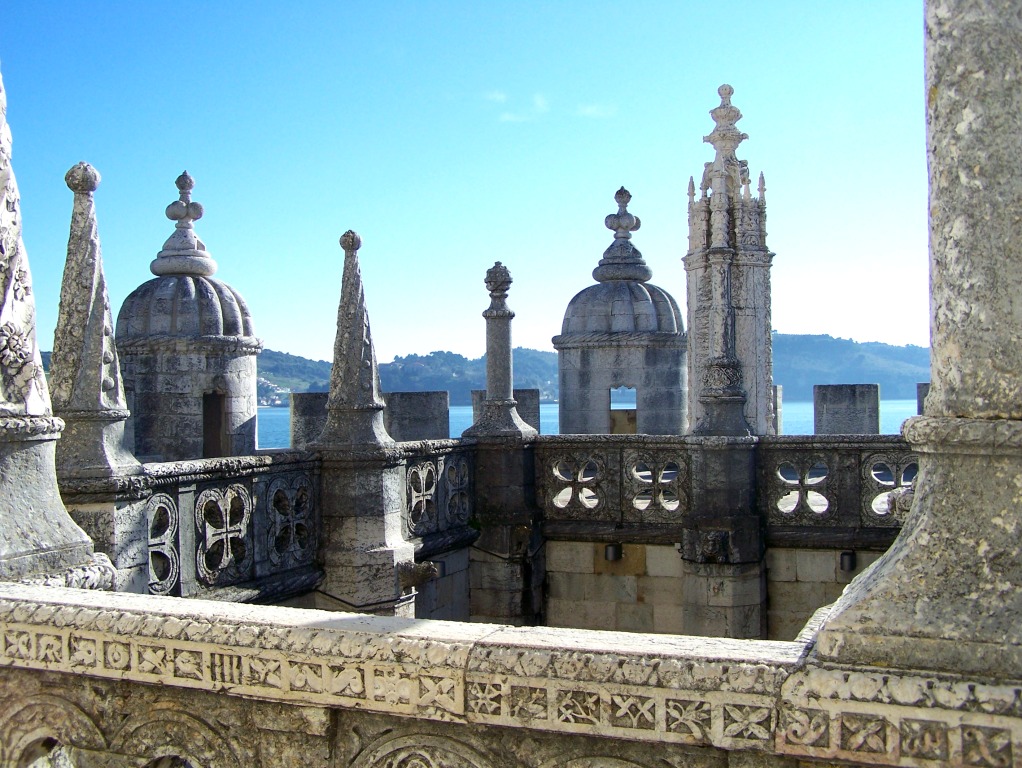
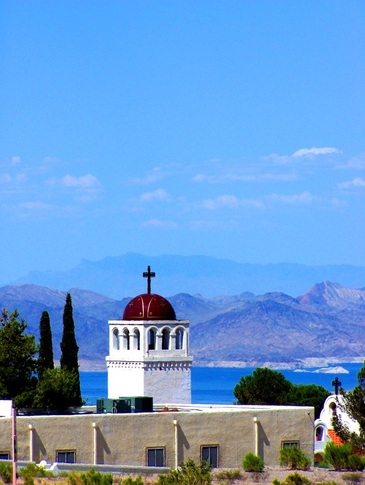
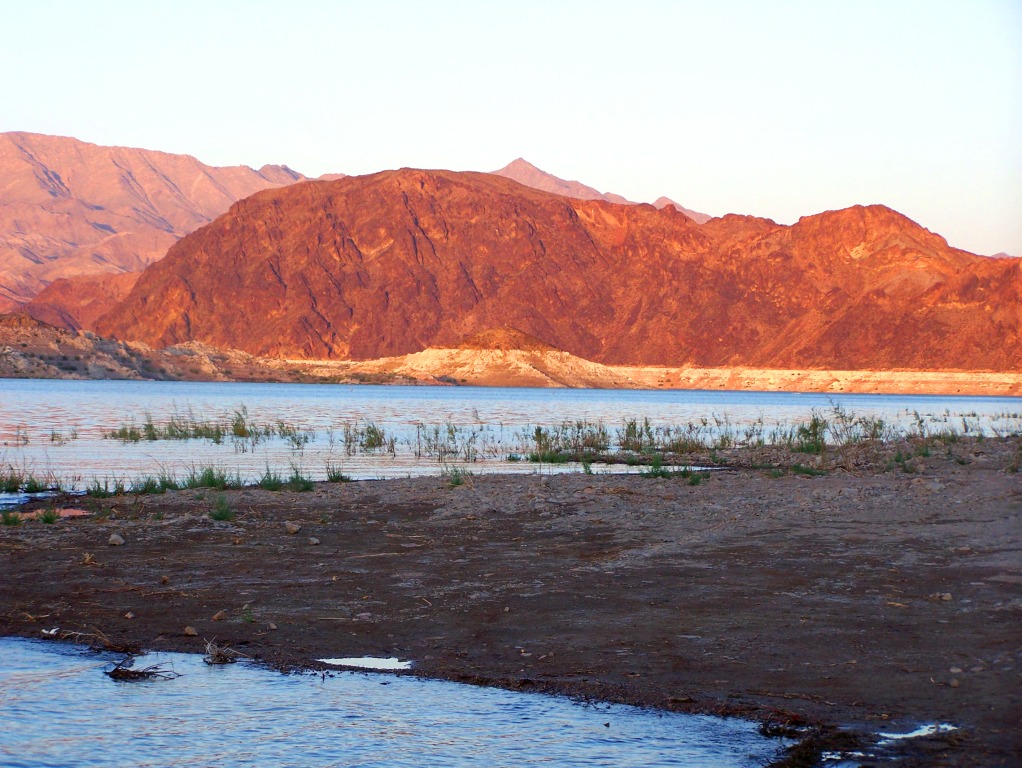
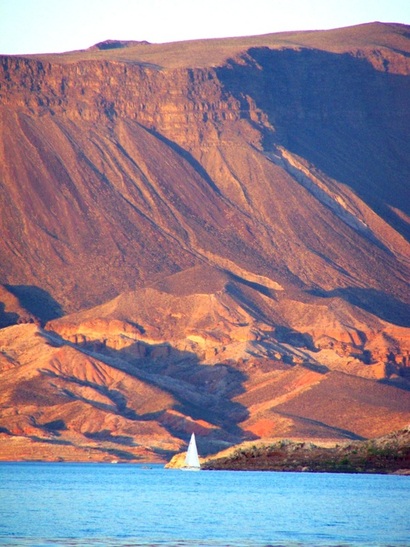
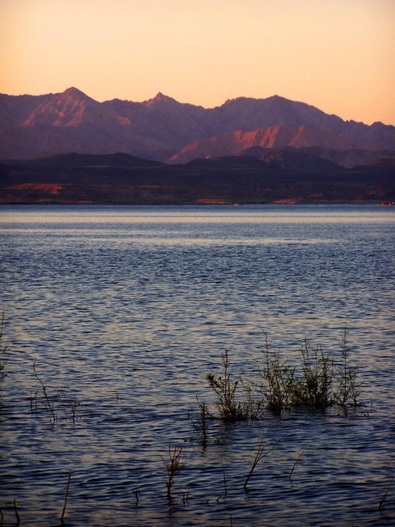
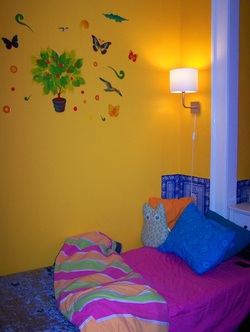
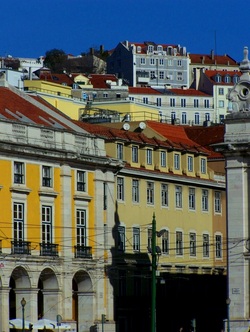
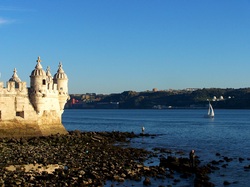
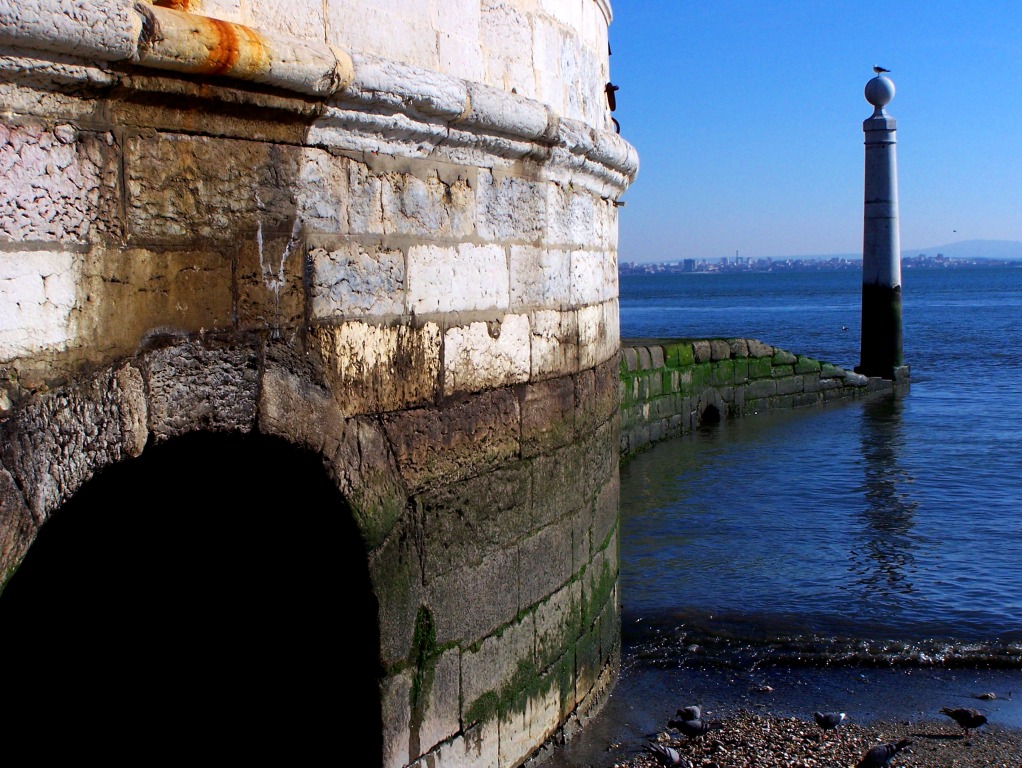
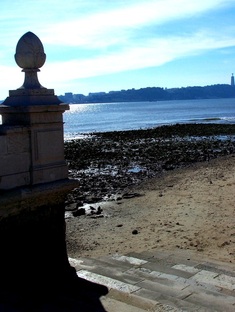
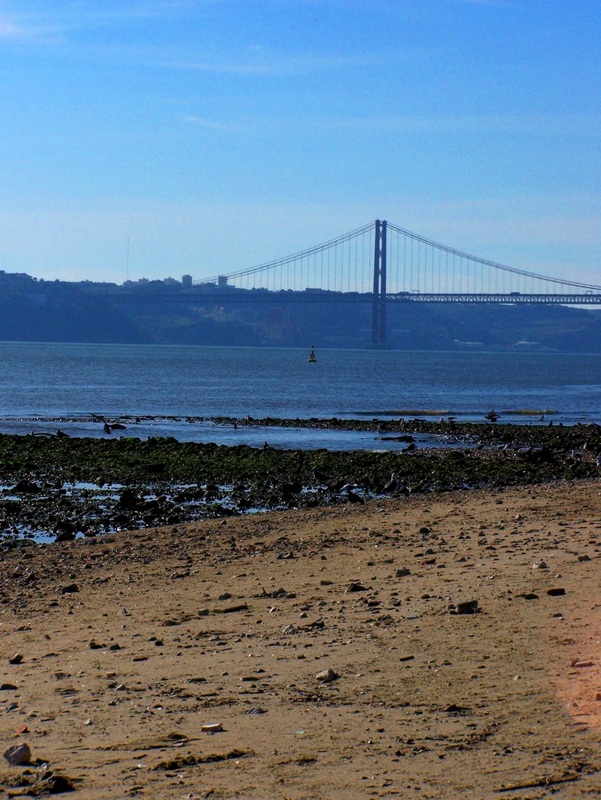
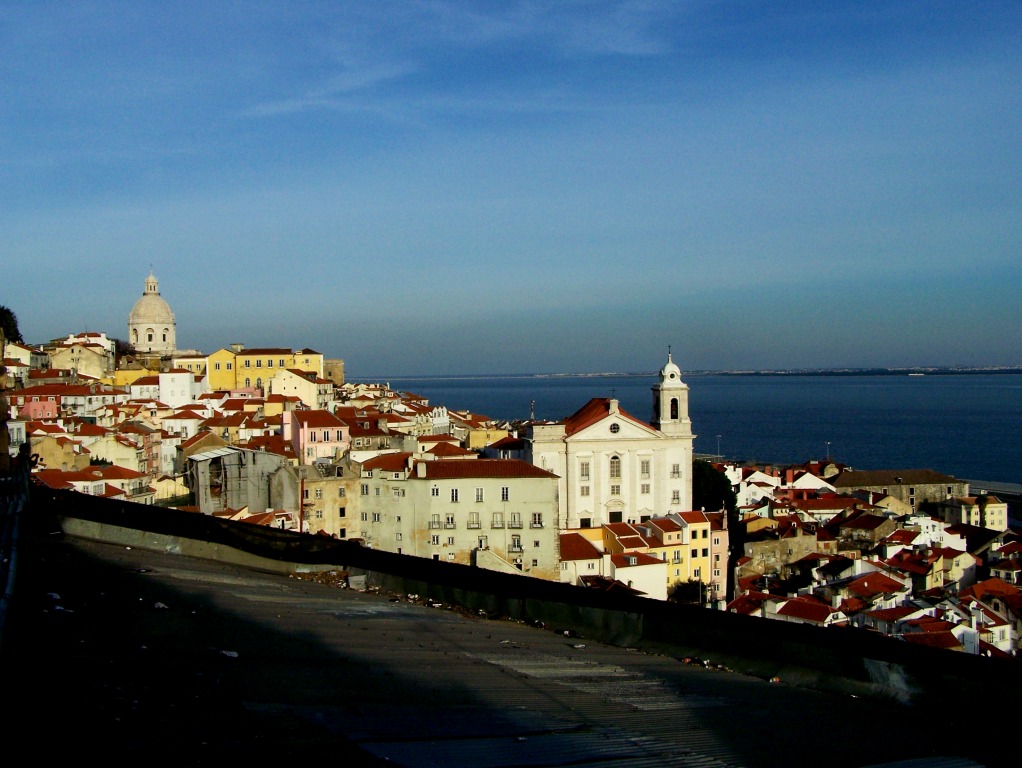
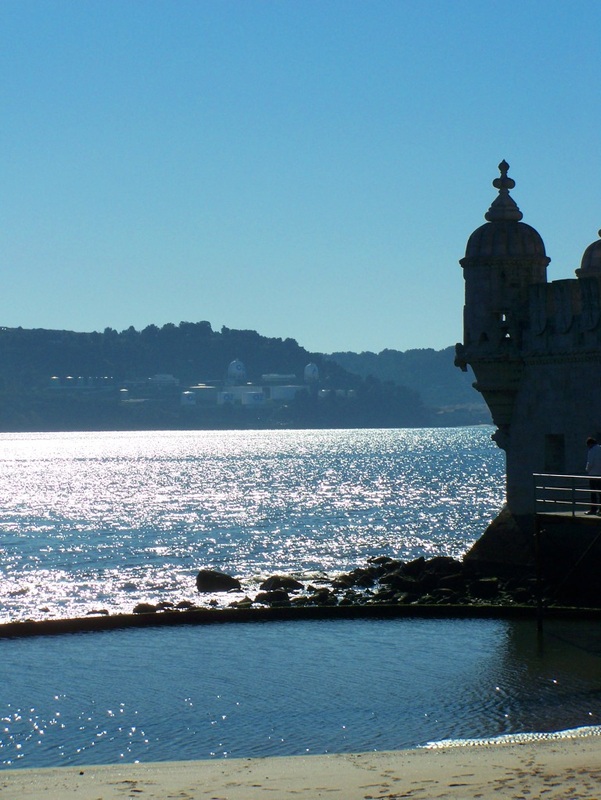
 RSS Feed
RSS Feed